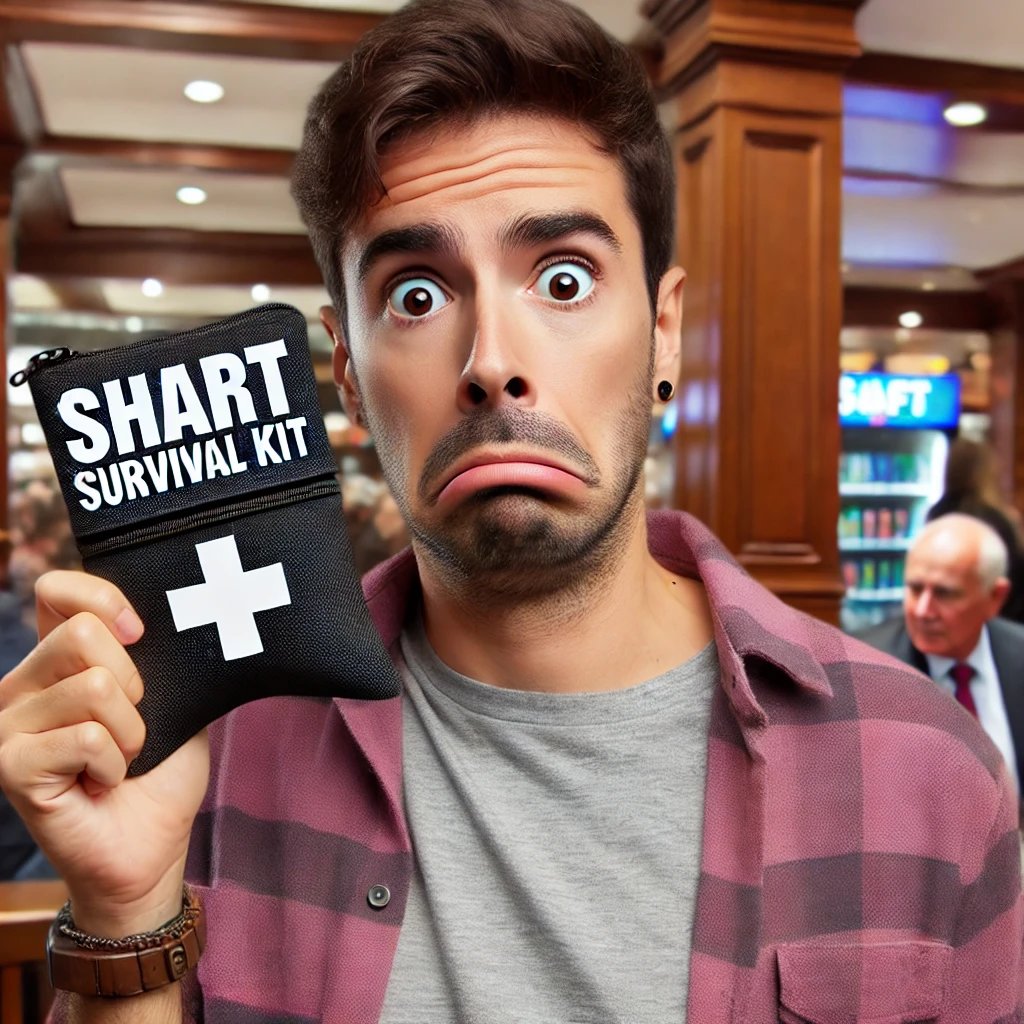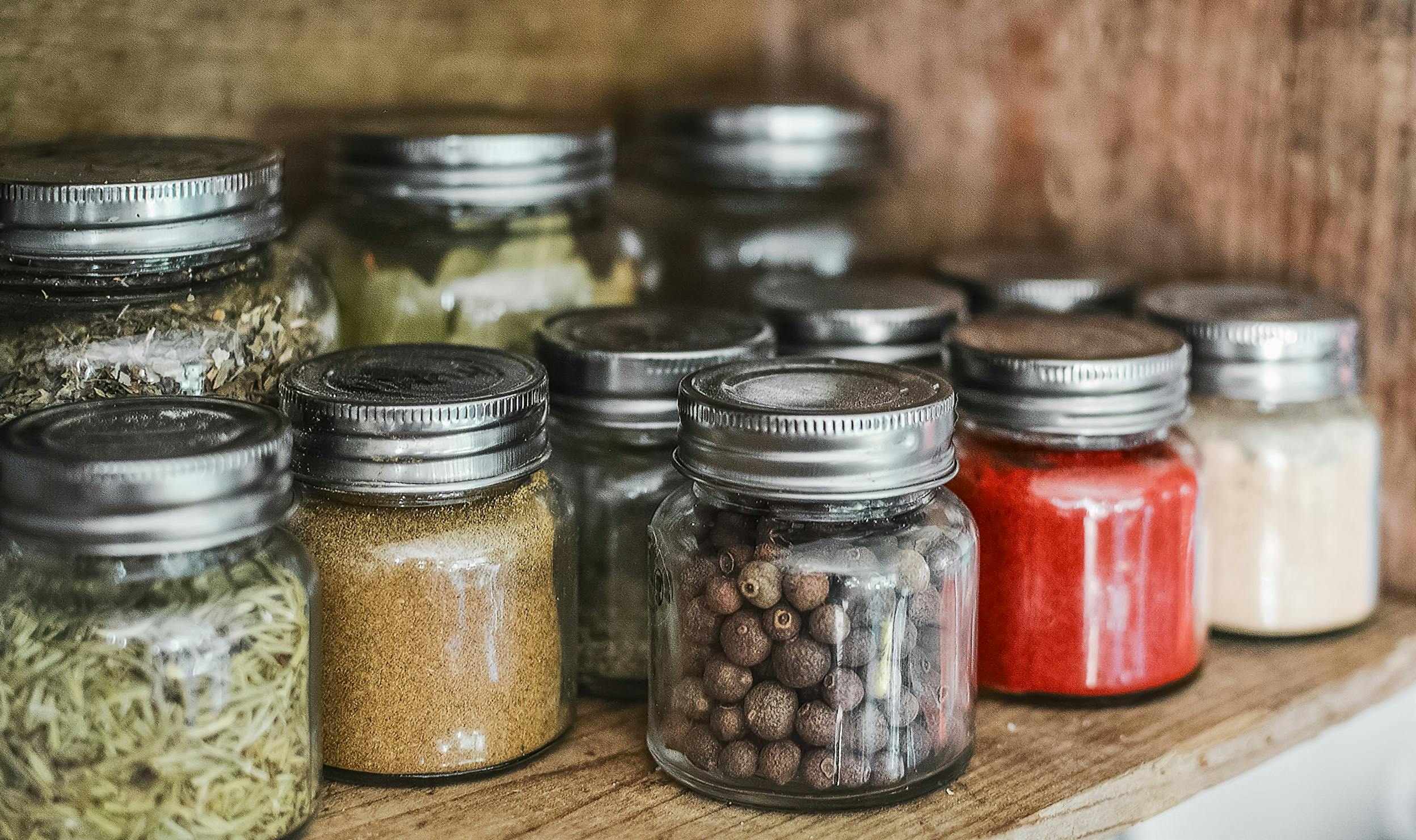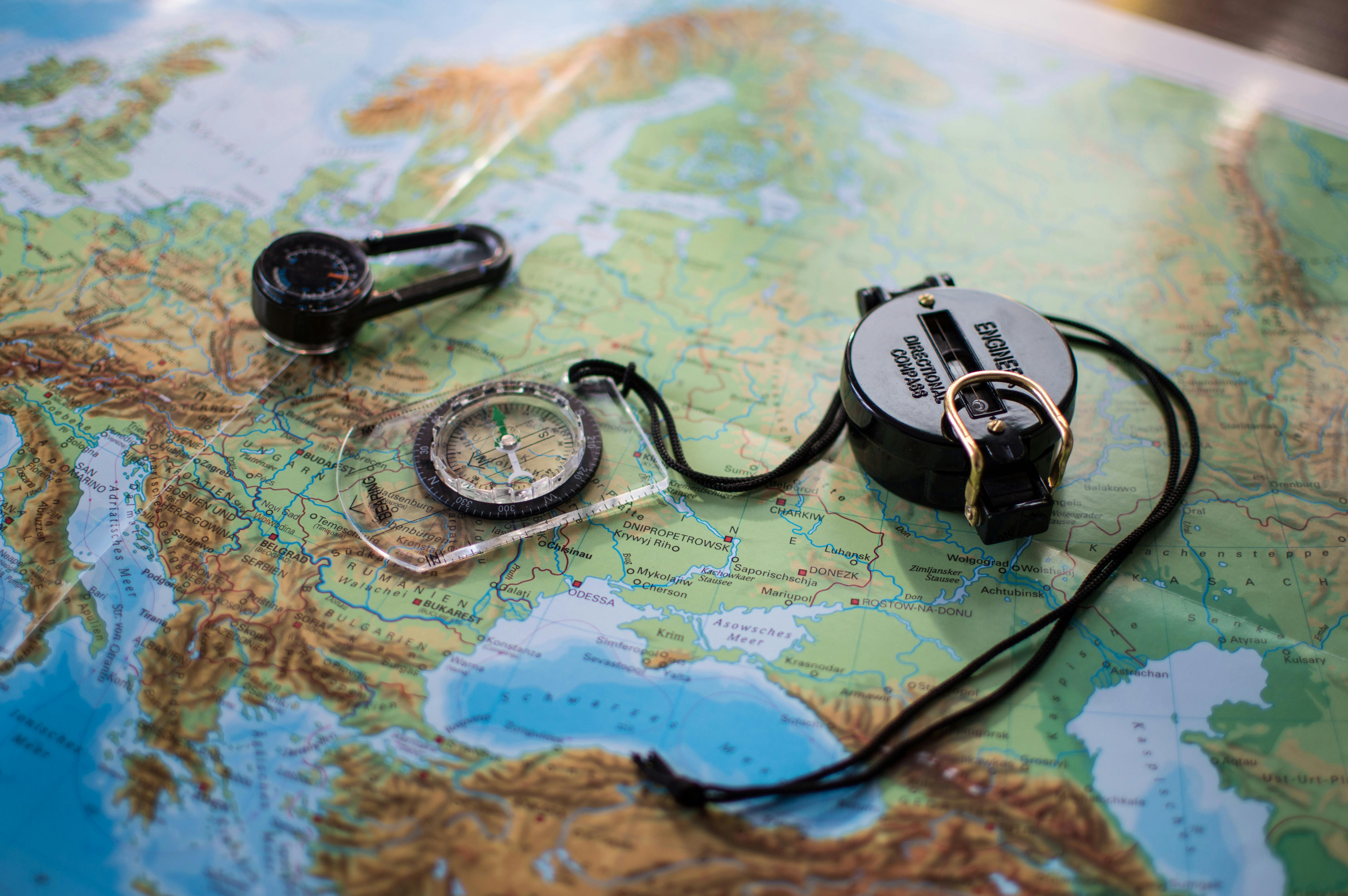
Shart survival kit
Imagine a situation where you're out and about, enjoying your day, and suddenly, disaster strikes. A shart can turn an ordinary moment into an emergency.
Jun 24, 2024 | by N Johansson

Imagine waking up to a world where basic necessities like food, water, and power are suddenly unavailable. These moments of crisis starkly highlight the consequences of not being prepared.
Most of us have experienced power outages, even if only briefly, revealing our dependency on things that can vanish in an instant. Now, imagine a prolonged outage—no way to charge your phone, no access to the internet, and no reliable means of communication. In such a scenario, waiting passively for help might not be an option.
Fortunately, it doesn’t have to be this way. By embracing the principles of prepping, you can adopt a proactive lifestyle that fosters resilience and self-sufficiency. Prepping extends beyond mere stockpiling; it involves crafting a comprehensive plan to manage emergencies and ensure your safety and security during uncertain times. This guide will walk you through the essential steps to begin your prepping journey, helping you build a solid foundation of preparedness to face future challenges with confidence.
Prepping involves making preparations for emergencies by stockpiling food, water, and other essential supplies. However, it goes beyond just accumulating resources. Prepping is about fostering a proactive mindset and understanding your specific environment, whether urban or rural, to mitigate the impact of disruptions to normal life. Preppers can range from casual families who keep an extra pantry of food to individuals who develop comprehensive plans for various emergency scenarios. This includes creating strategies for maintaining communication with family and friends when conventional methods fail, such as establishing meet-up points and alternative communication plans.
Understanding Your Environment: Prepping requires you to understand your immediate surroundings and the potential challenges you might face. This means tailoring your preparations to suit both urban and rural settings, recognizing the unique risks and resources available in each.
Comprehensive Planning: Effective prepping includes setting up systems to ensure that your daily life can continue as smoothly as possible during a crisis. This might involve creating evacuation routes, identifying safe locations, and ensuring access to essential information and medical care.
Practical Skills: While stockpiling is a part of prepping, acquiring practical skills is equally important. This includes basic first aid, navigation, and understanding how to source and purify water. These skills are crucial whether you’re in a city or the wilderness. By integrating these elements, prepping becomes a holistic approach to safeguarding your well-being and that of your loved ones, ensuring you are prepared for any situation that might disrupt your everyday life.
Your prepping journey begins with a thorough assessment of your unique needs and risks. This means understanding the specific challenges posed by your environment, whether it’s earthquake-prone areas, flood zones, or urban settings with different logistical concerns. Evaluate your family’s requirements, including health conditions, dietary needs, and any special considerations.
Checklist: Download the survival cheat sheet.
Having a prepping plan is essential for organized and effective preparedness. Your plan should include:
Emergency Contacts: Compile a list of vital contacts, including family members, friends, and emergency services, along with their contact details.
Evacuation Routes: Identify the quickest and safest paths to leave your area in case of an emergency. Practice these routes with your family.
Meeting Points: Establish pre-arranged locations where family members can reunite if separated, ensuring everyone knows these locations well.
Community Tips: Consider organizing or joining a community preparedness group; community efforts often enhance overall readiness.
Your emergency kit should be customized to meet your specific needs, ensuring you have the essentials to survive and stay comfortable during a disruption. Key items include:
Packing Tips: Use compact and multi-functional gear to save space. Reliable brands include Gerber and Leatherman for multi-tools, and Lifestraw or Sawyer for water purifiers.
Scandinavian countries recommend households maintain a substantial emergency supply. Norway advises keeping enough supplies for at least three days, while Sweden suggests having provisions for one to two weeks, and Denmark recommends three days’ worth of supplies. Apply a rotation strategy by consuming older items first and replenishing with new supplies to maintain freshness. For long-term storage, consider freeze-dried foods and Meals Ready-to-Eat (MREs).
Scandinavian Insights: The Swedish Civil Contingencies Agency's 2018 brochure "If Crisis or War Comes" provides practical examples such as stocking oat milk, tinned food, and bottled water. This reflects the emphasis on preparedness in Sweden [1] [2].

Develop a range of survival skills to be prepared for emergencies:
Learning Resources: Local community courses, online platforms like Ready.gov, and Scandinavian government websites such as Norway's sikkerhverdag.no provide valuable information and training opportunities [3] [4] [5].
Securing your home is as vital as stocking supplies. Use sturdy locks, reinforce windows, and consider alarm systems. Familiarize yourself with your home’s layout and potential weak points.
Community Preparedness: Scandinavian countries emphasize community efforts in preparedness. For instance, Sweden encourages collective responsibility and mutual assistance during crises, highlighting the importance of working together [6].
Wilderness Tie-In: For those interested in outdoor survival, similar principles apply. Knowing how to secure a campsite and build a proper shelter is equally important for staying safe in the wilderness.
By integrating these essential skills and actions into your prepping routine, and drawing on the practical insights from Scandinavian countries, you can significantly enhance your readiness and ability to cope with a wide range of emergencies.
Avoid common mistakes like overspending on gear without a plan. Regularly practice your skills; owning gear is futile if you don’t know how to use it. Balance your focus between acquiring equipment and mastering skills.
Example: Consider John, who spent thousands on gear but couldn't start a fire during a camping trip – highlighting the importance of skills over possessions.
Prepping starts with understanding readiness, recognizing its importance, and taking actionable steps to secure your future. Assess your situation, create a plan, build an emergency kit, and acquire essential skills to become self-reliant and ready for any eventuality.
Articles you might also like: